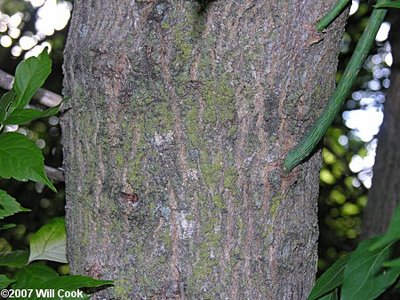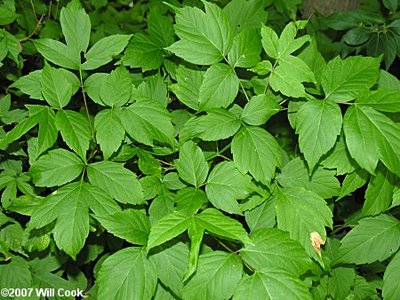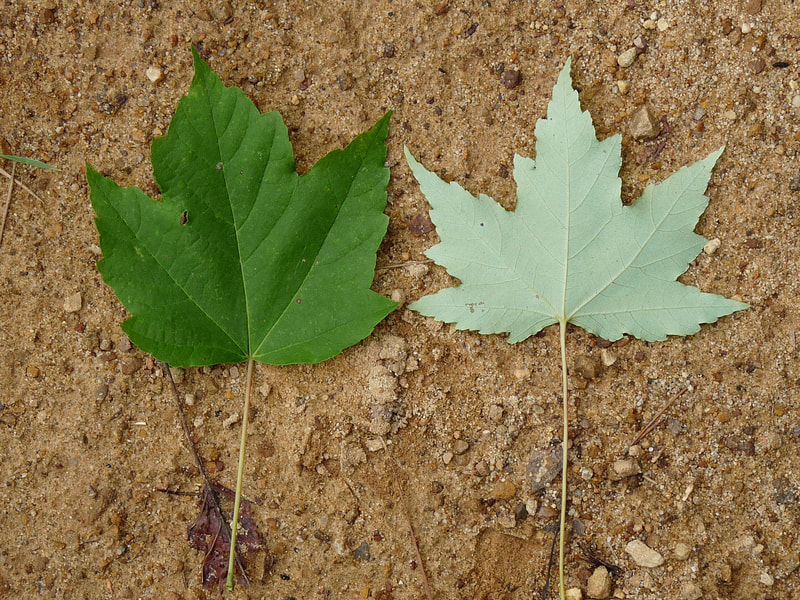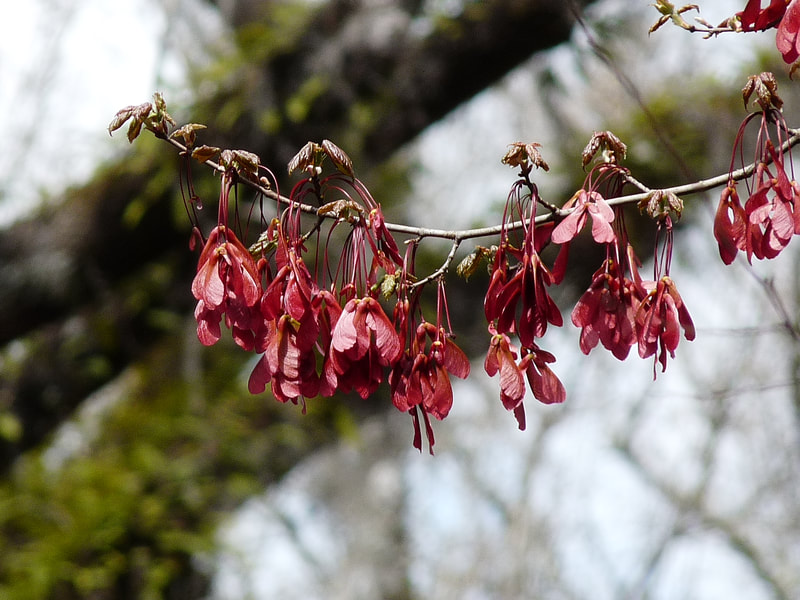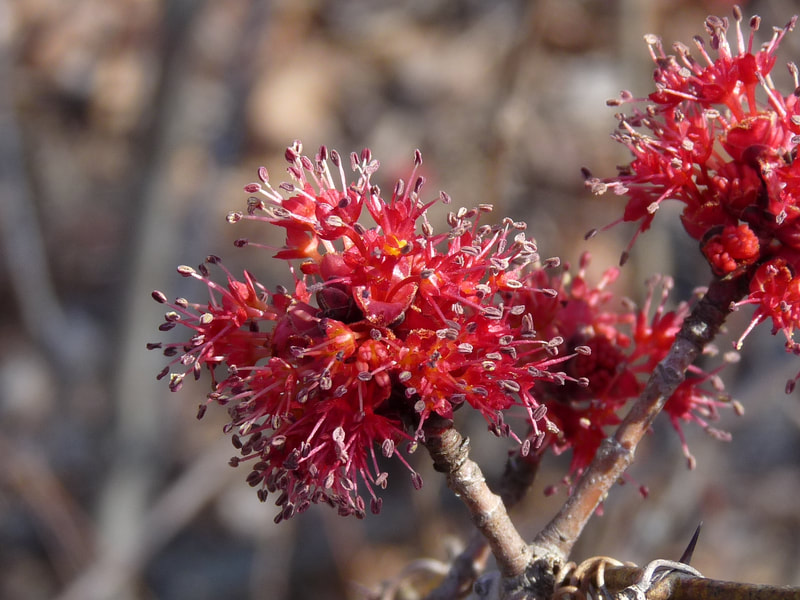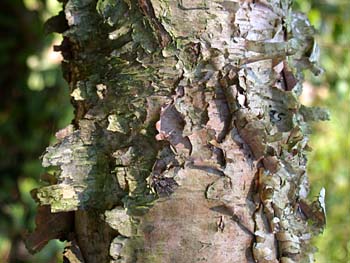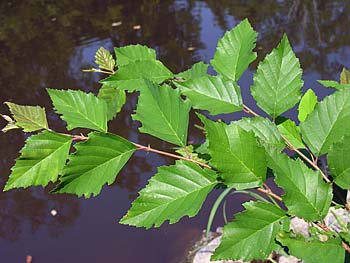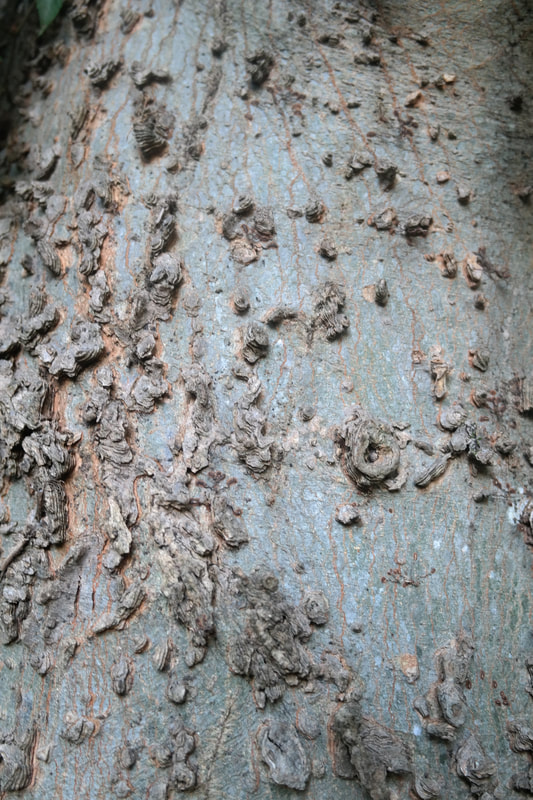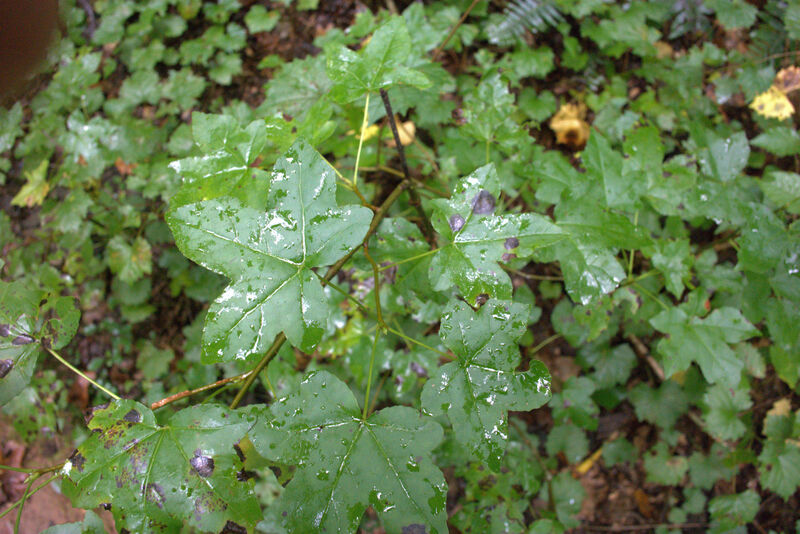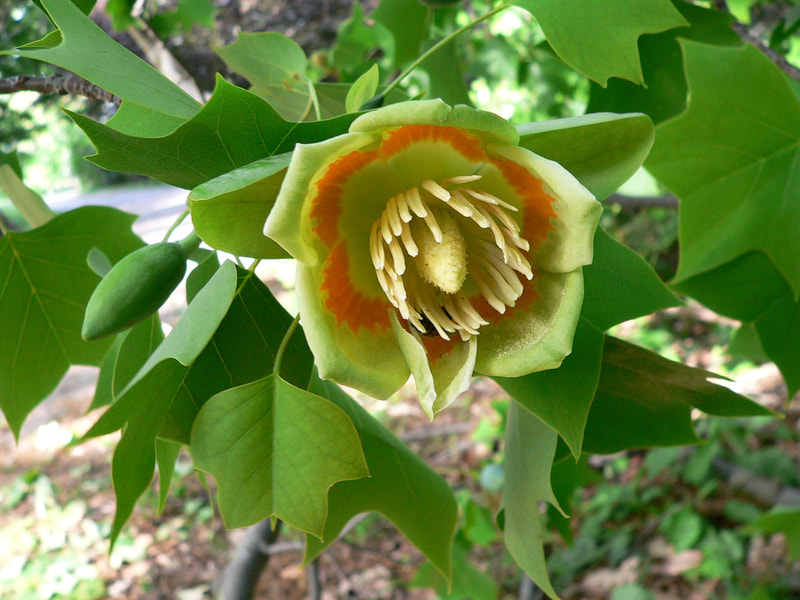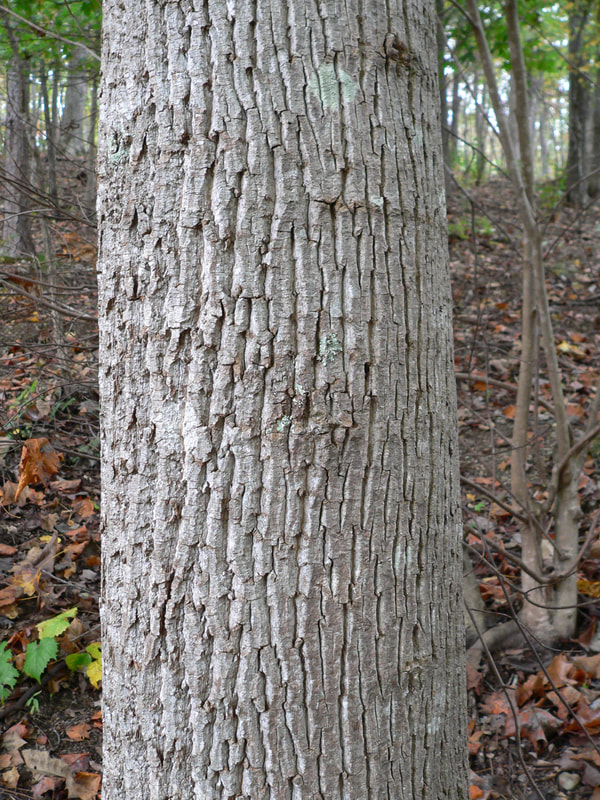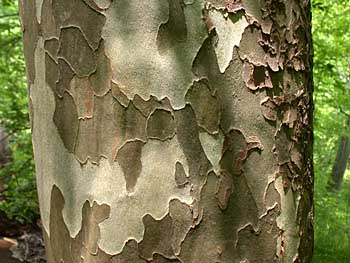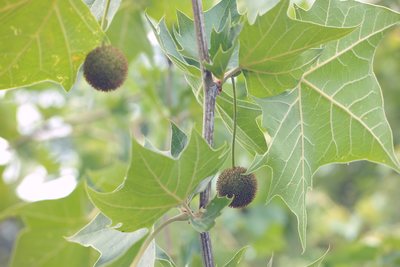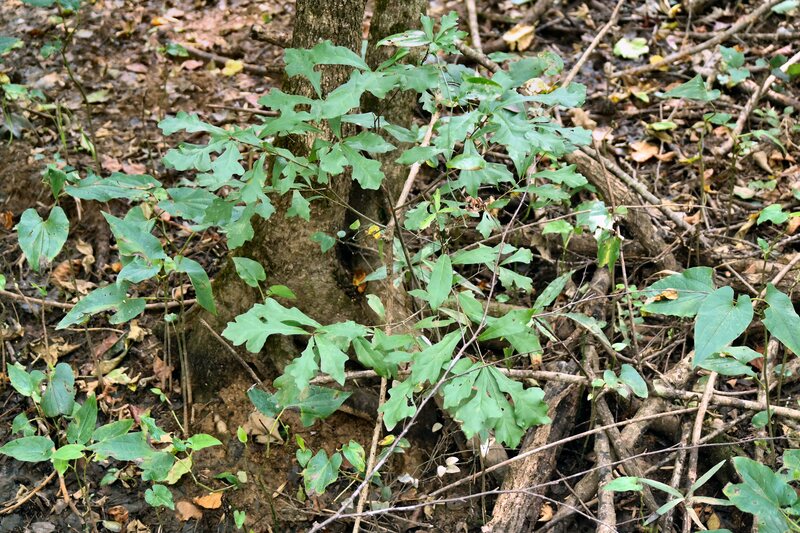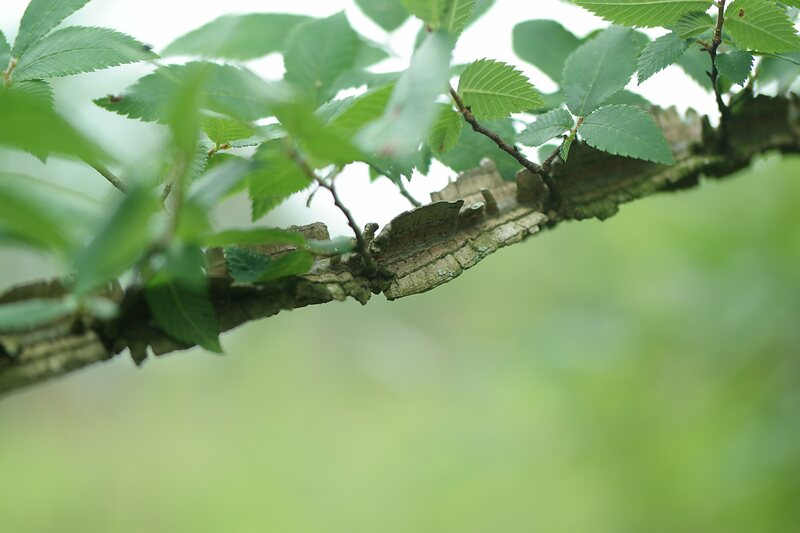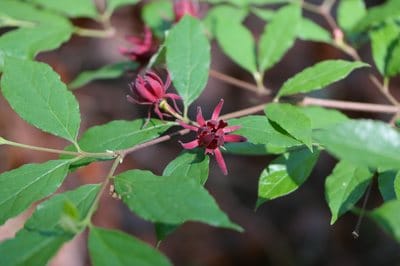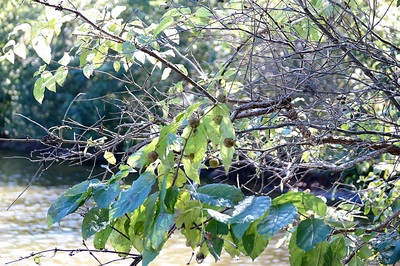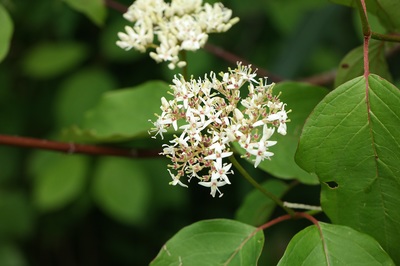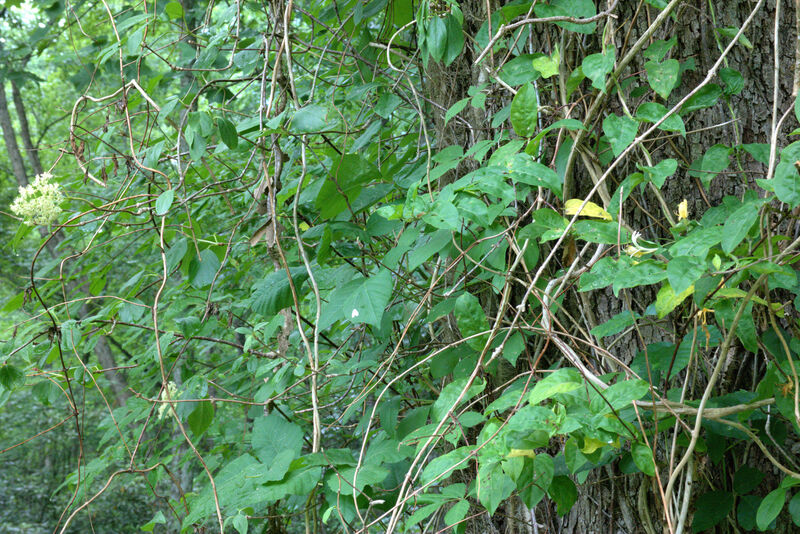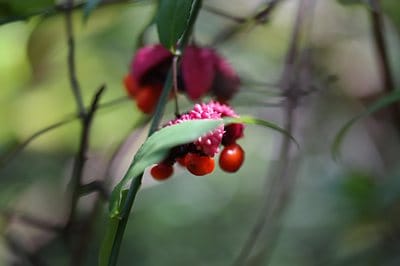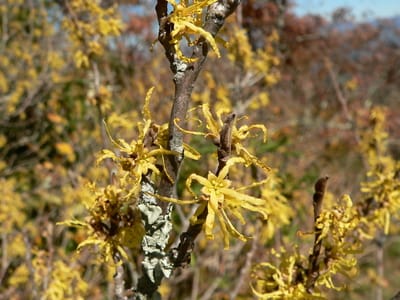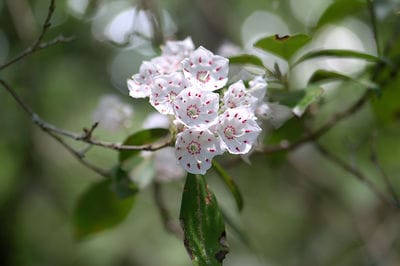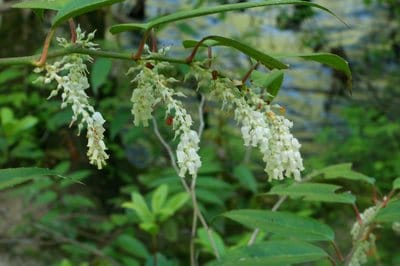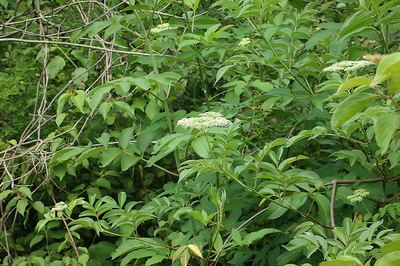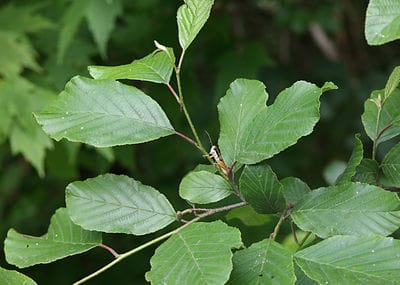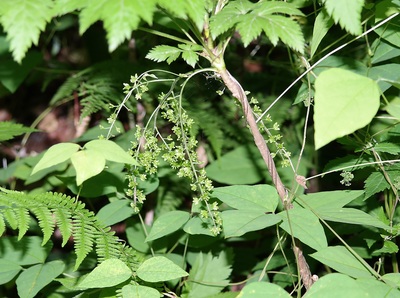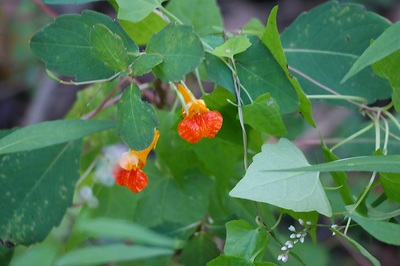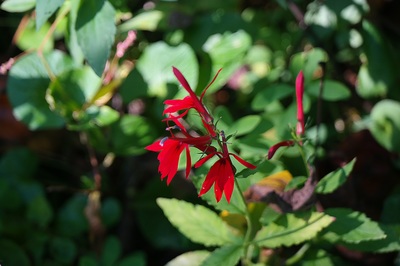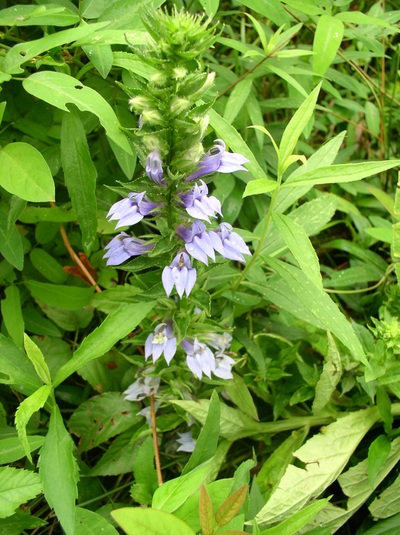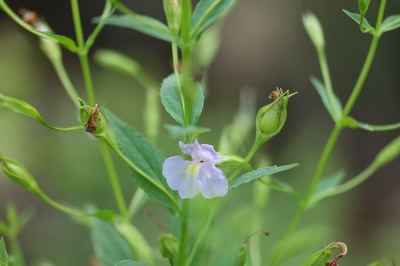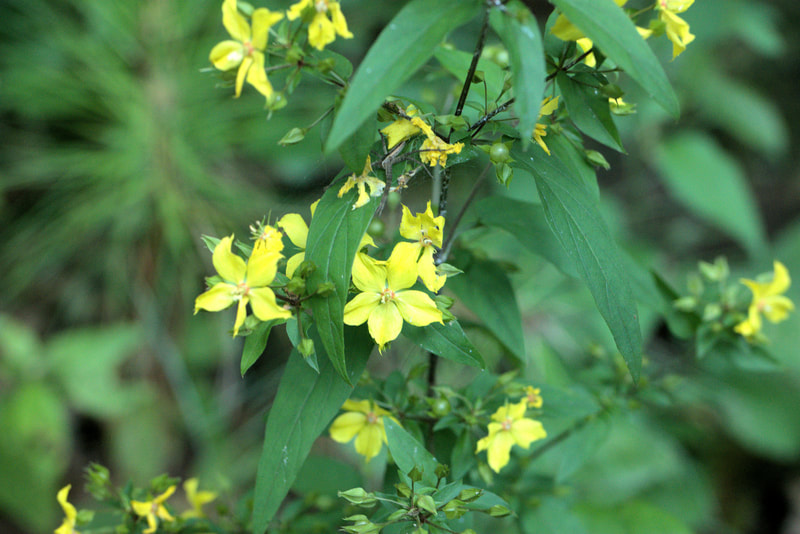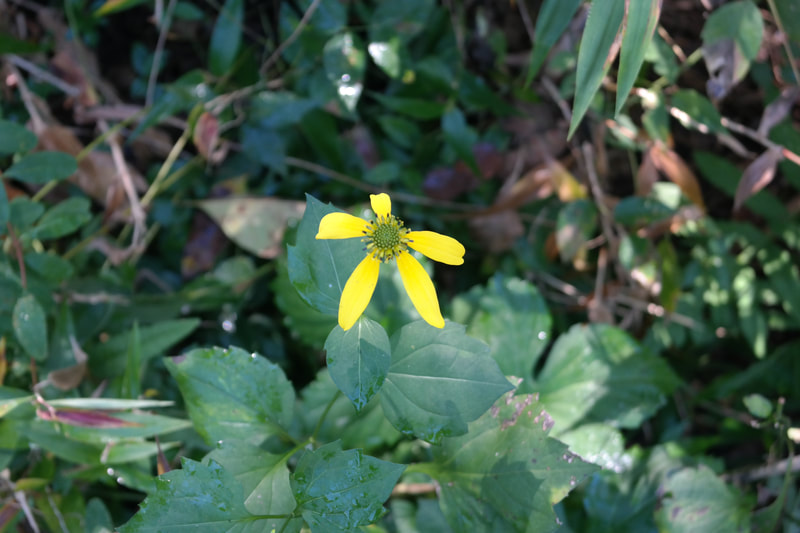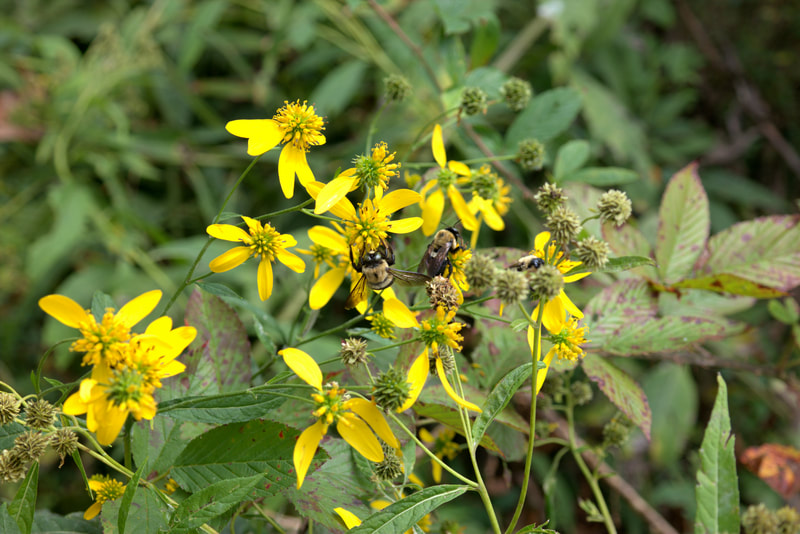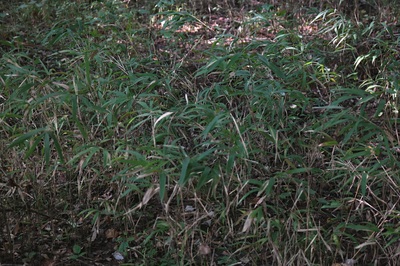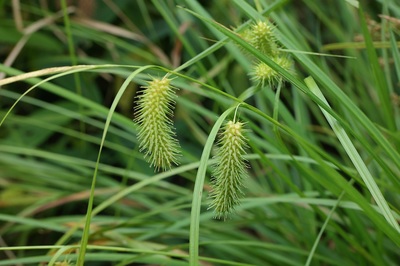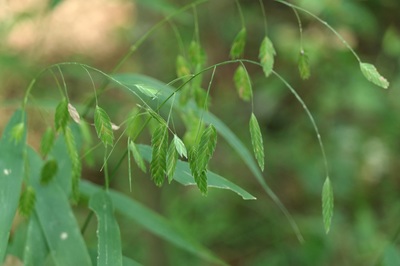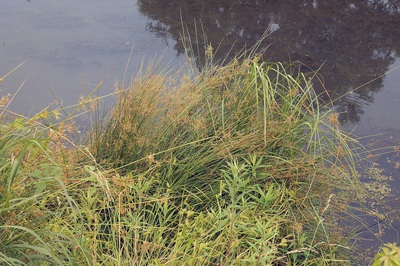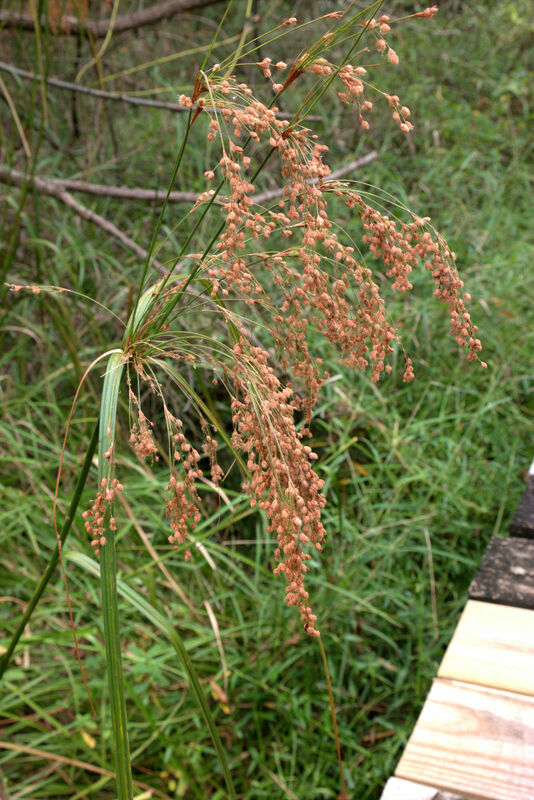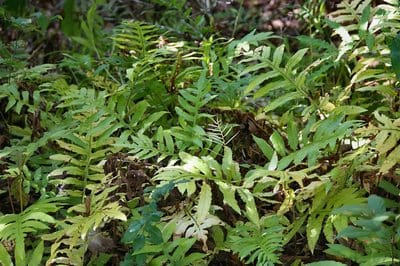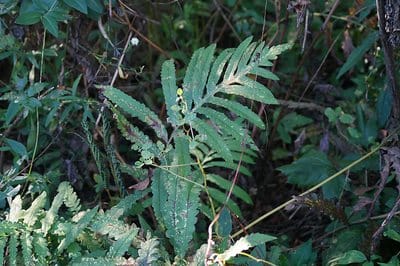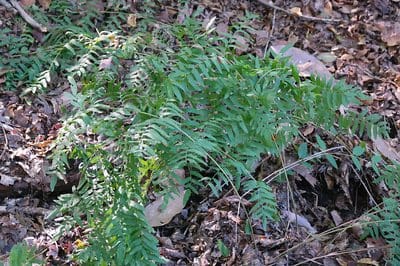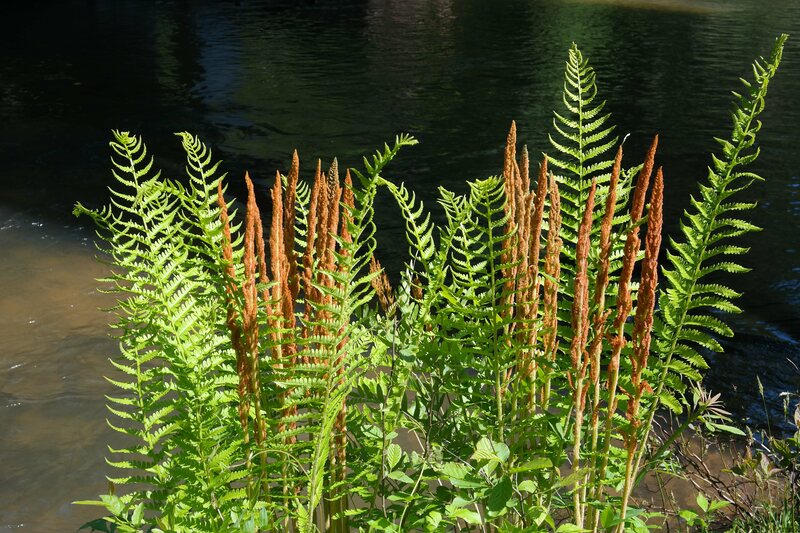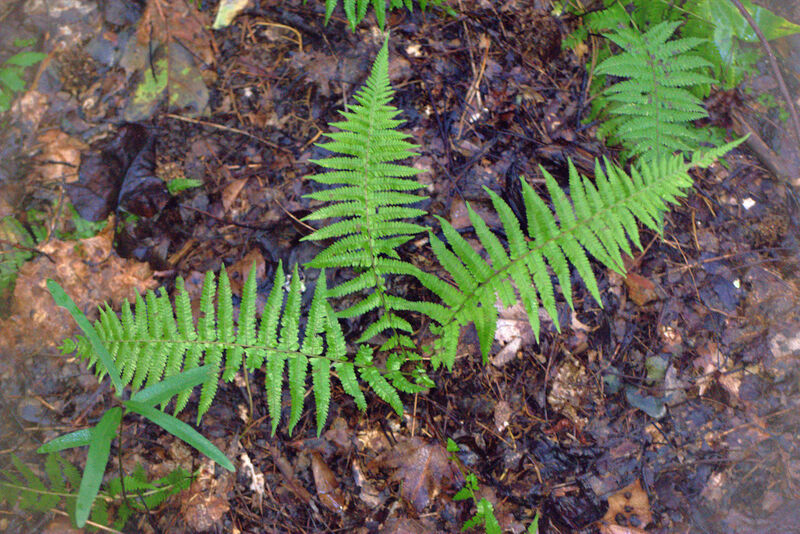Blue Ridge Floodplains, Bottomlands, and Riparian Zones
|
TFloodplains, bottomlands, and riparian zones occur along rivers and streams. Usually this community is not well developed in the mountains, and consists of a narrow strip along the stream. The riparian zone is the area right by the stream channel. Here, plants root among the rocks and are able to withstand the strength of floodwaters. Alluvial forests (bottomlands and floodplains) grow on flat areas beyond the stream channel and if wide and flat enough will experience soggy soils after flooding.
|
|
Indicator species: river birch, box elder, green ash, sycamore and yellow root
What's special: Provides habitat for a diversity of mammals, amphibians, and birds. The churning whitewater, overhanging trees, and picturesque boulders create a beautiful habitat.
Related communities: Often grades into acidic Mesic Forests, which can grow right down to the stream channel. Seepage Wetlands often occur along the stream bank.
What's special: Provides habitat for a diversity of mammals, amphibians, and birds. The churning whitewater, overhanging trees, and picturesque boulders create a beautiful habitat.
Related communities: Often grades into acidic Mesic Forests, which can grow right down to the stream channel. Seepage Wetlands often occur along the stream bank.
|
Plants Click on a plant name to see images. Plant names are in order by scientific name. Trees Box elder Acer negundo Red maple Acer rubrum River birch Betula nigra Southern hackberry/Sugarberry Celtis laevigata Musclewood/American hornbeam Carpinus caroliniana Green ash Fraxinus pennsylvanica Common silverbell Halesia tetraptera Sweet gum Liquidambar styraciflua Tulip-tree Liriodendron tulipifera Sycamore Platanus occidentalis Swamp chestnut oak Quercus michauxii Water oak Quercus nigra Cherrybark oak Quercus pagoda Willow oak Quercus phellos Shumard oak Quercus shumardii Black willow Salix nigra Shrubs and Woody Vines Shrubs Tag alder Alnus serrulata Beautyberry Callicarpa americana Sweet shrub Calycanthus floridus Buttonbush Cephalanthus occidentalis Swamp dogwood/Silky dogwood Cornus amomum Stiff dogwood Cornus stricta Strawberry bush Euonymus americanus Witch-hazel Hamamelis virginiana Virginia sweetspire Itea virginica Doghobble Leucothoe fontanesiana Hairy northern spicebush Lindera benzoin Swamp azalea Rhododendron viscosum Elderberry Sambucus canadensis Yellowroot Xanthorhiza simplicissima Vines Crossvine Bignonia capreolata Trumpet vine Campsis radicans Climbing hempweed Mikania scandens Climbing hydrangea Decumaria barbara Virginia creeper Parthenocissus quinquefolia Poison ivy Toxicodendron radicans Ground Layer Wildflowers Green dragon Arisaema dracontium Jack-in-the-pulpit Arisaema triphyllum Hollow-stem Joe-pye-weed Eutrochium fistulatum Orange jewelweed Impatiens capensis American water-willow Justicia americana Cardinal flower Lobelia cardinalis Great blue lobelia Lobelia siphilitica Fringed loosestrife Lysimachia ciliata Monkey flower Mimulus ringens Cutleaf coneflower Rudbeckia laciniata Lizard's-tail Saururus cernuus Common wingstem Verbesina alternifolia Graminoids River cane Arundinaria gigantea Shallow sedge Carex lurida River oats Chasmanthium latifolium Longleaf spikegrass Chasmanthium sessiliflorum Common rush Juncus effusis Nimblewill/Nimbleweed Muhlenbergia schreberi Beaked panic grass Panicum anceps/Coleataenia anceps Woolgrass bulrush Scirpus cyperinus Gamma grass Tripsacum dactyloides Ferns Sensitive fern Onoclea sensibilis Royal fern Osmunda spectabilis Cinnamon fern Osmundastrum cinnamomeum Netted chain fern Lorinseria areolata New York fern Parathelypteris novaboracensis |
Representative Trees in order by scientific name Representative Shrubs and Woody Vines in order by scientific name
Ground layer (in order by color)Graminoids, in order by scientific name
Ferns, in order by scientific name
|

